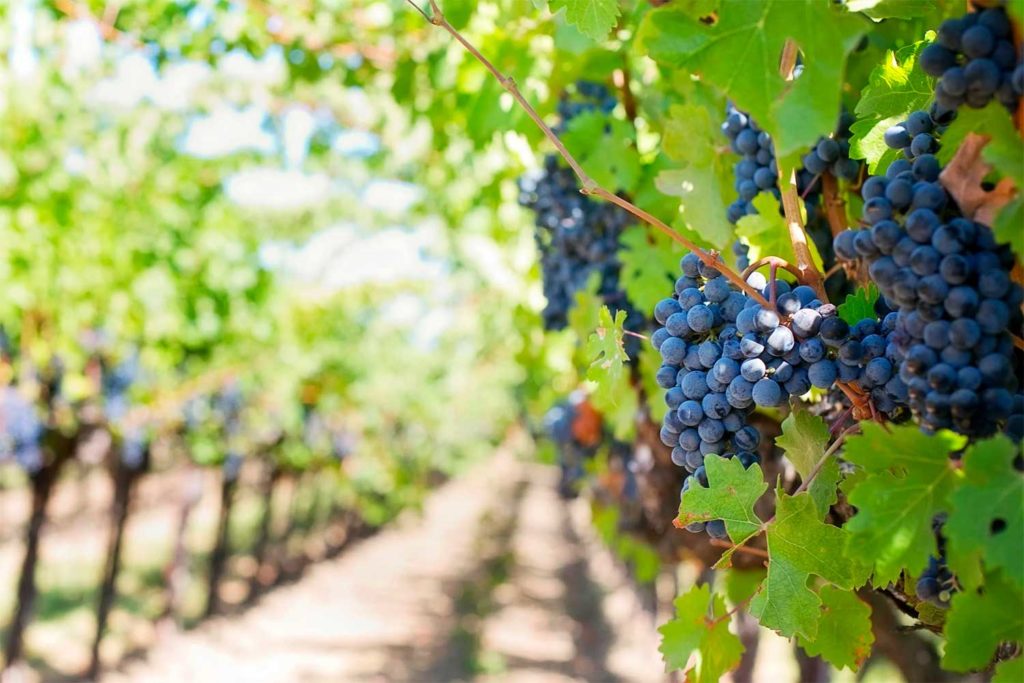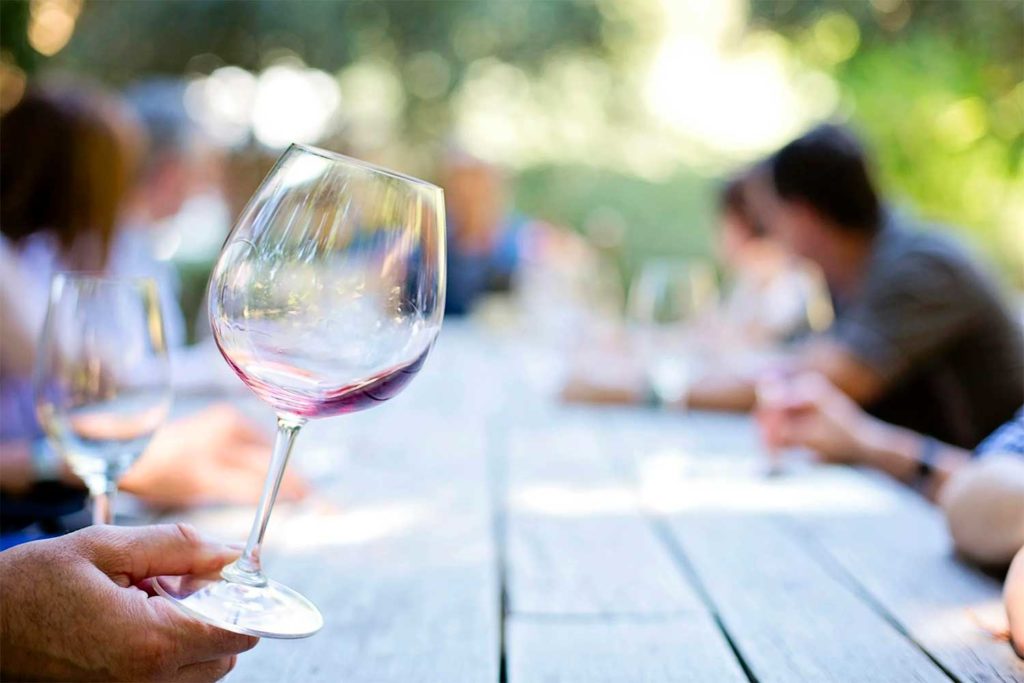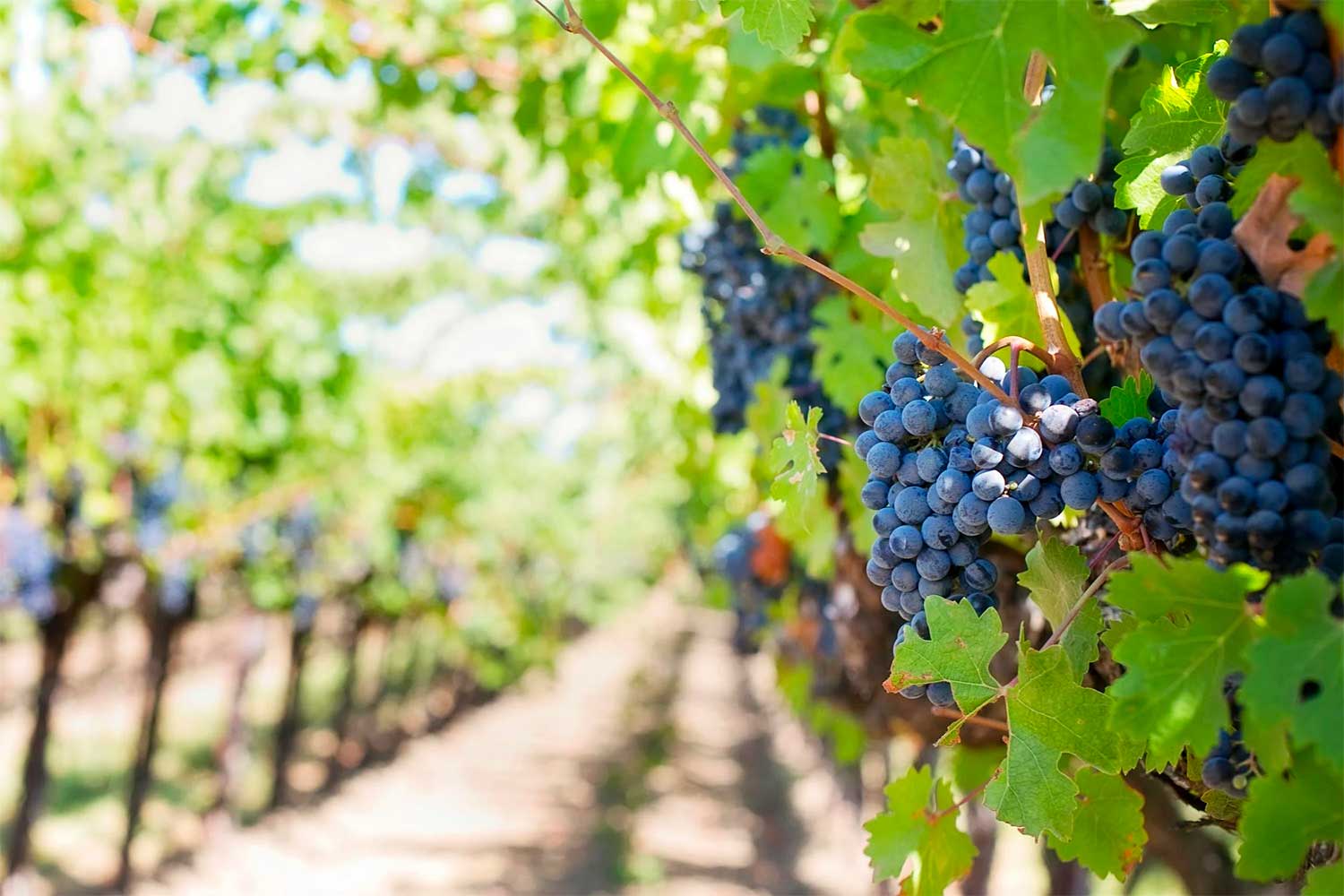Explore the key cépages of France and how they shape the taste, identity, and regulation of French wines across major wine regions.
France through the lens of its cépages
In France, wine is not merely a beverage—it is a regulated agricultural product shaped by geography, climate, and grape variety. The French use the term cépage to refer to the grape variety used in wine production. This concept is central to understanding the structure and diversity of wines in France. Unlike in New World countries, where grape names like Merlot or Chardonnay dominate labels, French wines are usually identified by region: Bordeaux, Burgundy, Alsace. To decode these regional names, one must know the cépages behind them. They are the foundation of both taste and tradition, rooted in strict rules set by each Appellation d’Origine Contrôlée (AOC). Each cépage is chosen not only for flavour but also for its suitability to specific microclimates and soils. To understand French wines, one must understand the cépages.

The importance of cépages in the French wine classification system
The French AOC system does not just recommend grape varieties—it imposes them. Each wine-producing area has a list of authorized cépages, and using unapproved ones disqualifies the wine from carrying the regional designation. This strict control reflects a technical objective: preserve the historic identity of each terroir. For instance, a red Burgundy wine must be made from Pinot Noir, while a red Bordeaux is based on blends dominated by Cabernet Sauvignon and Merlot. The rules also apply to white wines: Sauvignon Blanc is typical of Sancerre and Pouilly-Fumé, while Chardonnay dominates in Chablis and Meursault.
This rigidity is not without controversy. Some winemakers consider the framework restrictive, particularly in the context of climate change. Warmer temperatures have altered harvest dates, sugar levels, and acidity. Some producers in Bordeaux have started experimental plots with previously unauthorized varieties like Touriga Nacional or Marselan, a sign of growing pressure to adapt.
However, for the majority of estates, the cépage is inseparable from brand identity and marketing. A Syrah from the northern Rhône carries different expectations than a Grenache-based wine from the southern Rhône. A 2023 report by FranceAgriMer shows that Cabernet Sauvignon represents about 50,000 hectares of vineyards in France, while Merlot exceeds 112,000 hectares, primarily in Bordeaux. By comparison, Chardonnay covers approximately 50,000 hectares, making it the most planted white cépage.
The allocation of cépages is not based on popularity but on historic adaptation to local soils and weather conditions. For example, Tannat, known for its structure and tannic load, is dominant in the AOC Madiran in the southwest. It thrives in clay-limestone soils and demands long maturation—unsuitable for cooler, northern climates.
As such, cépages are not flexible ingredients in a recipe but key variables in a highly regulated equation. Understanding them is essential to interpreting what a bottle of French wine truly offers.
The role of cépages in defining style, identity and taste
Each cépage contributes a distinct set of characteristics to wine. These traits are not only chemical or aromatic; they are also deeply cultural. For instance, Pinot Noir, thin-skinned and sensitive to heat, reflects Burgundy’s cooler climates. It gives wines with high acidity, light body, and aromas of red berries and forest floor. In contrast, Grenache, which needs more sun, produces full-bodied wines with higher alcohol content and notes of black fruit and spices. It is one of the pillars of Châteauneuf-du-Pape blends.
In Alsace, the dry, continental climate allows Riesling, Gewurztraminer, and Pinot Gris to reach full phenolic ripeness. These cépages are often vinified as single-variety wines, with Riesling being prized for its high acidity and potential to age for decades.
The Loire Valley uses a wide range of cépages depending on subregion: Sauvignon Blanc in Sancerre, Chenin Blanc in Vouvray, and Cabernet Franc in Chinon. Each produces a very different profile, despite being grown along the same river. In 2022, Chenin Blanc covered only 10,000 hectares in France but was the dominant white variety in Anjou and Saumur.
The multiplicity of cépages also contributes to regional identities. Malbec, now globally associated with Argentina, originates from Cahors in southwest France, where it yields darker, more tannic wines than its South American counterparts. Carignan, once widespread across the Languedoc, was pushed aside during the 1980s for more fashionable varieties but is now undergoing a renaissance thanks to its ability to produce concentrated wines when cultivated in low yields.
The sensory contribution of a cépage goes beyond taste. It also defines the ageing potential and pairing versatility of a wine. A Cabernet Sauvignon from Pauillac might benefit from 15 years of cellaring, while a Gamay from Beaujolais is usually best drunk young. Professionals working in food and wine rely on this knowledge to recommend pairings or cellaring strategies with precision.
Understanding cépages is not about memorising lists—it is about connecting plant biology with regional expression, climate, and winemaking philosophy.

The changing face of French cépages in the 21st century
France’s cépages system is under increasing pressure from climate change, globalisation, and consumer shifts. Rising temperatures have disrupted traditional growing cycles. Grapes ripen faster, and alcohol levels have increased by 0.5% to 1.5% ABV over the past 30 years in regions like Languedoc and Bordeaux. In response, producers are experimenting with drought-resistant cépages, higher-altitude vineyards, and earlier harvests.
In Bordeaux, since 2021, six new cépages have been allowed for experimental use in AOC wines. These include Alvarinho, Touriga Nacional, and Castets. The objective is not stylistic novelty but climate adaptation. These cépages bring thicker skins, better heat resistance, and different ripening cycles.
However, such changes challenge the very principle of typicity (typicité), central to French wine classification. If a Margaux is no longer predominantly Cabernet Sauvignon, how does it remain a Margaux? This debate has entered legal and institutional arenas. Some producers advocate for a broader palette of allowed cépages, while others fear erosion of regional identity and market confusion.
Organic and biodynamic viticulture has also changed the relationship with cépages. Less chemical intervention increases the impact of vintage variability, and therefore grape selection becomes more strategic. In the Jura and Savoie, once marginal regions, cépages like Savagnin, Poulsard, and Mondeuse are gaining recognition for their adaptability and freshness.
Market dynamics also influence which cépages are planted. Global demand for Chardonnay and Merlot has led to planting expansions outside their traditional zones. At the same time, there is a renewed interest in ancient or forgotten cépages, driven by sommeliers and wine writers looking for authenticity.
Yet France remains cautious. Unlike California or Australia, French winemaking is less driven by market trends and more by regulatory consensus and tradition. Each modification in authorized cépages goes through years of lobbying, testing, and validation.
The system remains resilient, but not rigid. The evolution of cépages in France is both a reflection of necessity and a test of how much tradition can adapt without losing its relevance.
XperienceFrance is your travel specialist in France.
